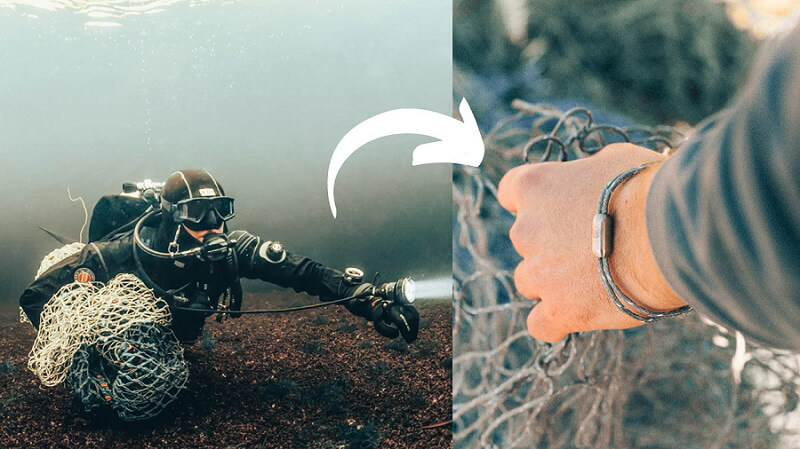You’ll find hundreds of articles, TV commercials, and documentaries that ask you to cut out everything that is not sustainable, but even doing some of these steps is beneficial. Helping save our fragile ecosystem is not an all-or-nothing pursuit — you can cut out some meat without needing to be 100% vegan. While many people have adopted certain practices, like recycling and using reusable water bottles, there are other simple things that can make a huge difference for the planet, from turning out the lights to installing solar panels on our houses.
There’s no doubt that people have become more aware of the ecological crisis we face and conscientious about the choices they are making. According to scientists at NASA, even stopping the emission of greenhouse gases today wouldn’t be enough to stop climate change — it’s happening now and if we don’t do something to reverse the effects, the damage will be irreversible. If you have been thinking about what else you can do to help live a cleaner, greener lifestyle, start by implementing the following practices at home. Companies have lots of changes to make – and in the meantime, we can demonstrate our demand for sustainability and start adjusting our lifestyle.
1. Conserve Energy
The ultimate goal for sustainable living is to achieve net carbon neutrality, which means conserving energy as well as making up for any energy you consume. If you start with a base of low energy consumption, it is much easier to make up for energy used by doing things like planting trees, which reduce some of the carbon in the atmosphere. Here are some simple changes that you can do to conserve energy at home:
- Instead of using overhead lights, open windows to let in natural light during the day. Use a small lamp, fireplace or sustainable candles at night — it’s not only better for the environment, but the ambiance is good for the soul.
- Switch out your old HVAC for one that is energy efficient
- Hang dry your laundry
- Unplug unused electronics
- Turn your refrigerator down
- Cover your pots and pans to save energy
- Heat water in a kettle rather than on the stove
- Turn your water off when shaving,shampooing or teeth brushing
2. Don’t Drive As Frequently
Driving cars that are not fuel efficient are awful for the environment. Instead of expelling enormous amounts of carbon through the burning of gasoline, try the following:
- Ride a bike to work
- Walk to destinations in your neighbourhood
- Use public transportation
- Carpool or rideshare
- Drive an electric or hybrid car
3. Reduce Meat
Livestock is one of the biggest contributors of methane emissions, which are damaging to our ozone layer. Additionally, the amount of machinery and energy used to produce and process meat is astonishingly high. If you really want to make a change for the environment, consider reducing your meat intake, particularly beef and other livestock out of your diet. You should also consider changing out the products you use that were made of leather or animal fur. Vegan sneakers, soy-based protein, and bamboo fabrics are becoming more prevalent in the marketplace so you have plenty of choices when it comes to style and functionality.
4. Shop Locally for Sustainable Products
Avoid shopping with large corporations and other retailers with overnight or two-day shipping. To get one item delivered straight to you takes an incredible amount of energy, from the packaging to the shipping and delivery to your door. Instead, try shopping for everything you need locally. Where possible, check that the product has been made from eco-friendly materials and in an ethical way. You can reduce your carbon footprint with the choices you make on a daily basis. In addition to conserving energy, shopping locally also does the following:
- Supports small businesses and people you know
- Boosts the local economy
- Conserves on packaging if you bring your own bag
- Often higher quality products
5. Cut Down on Single-Use Plastics
While some eco-friendly companies are using materials like bamboo and paper to replace the use of plastic, the pervasive use of single use plastics continues in full force. The plastic pollution crisis is one of the biggest threats to our planet, with nearly 8 million tons of plastic waste ending up in our oceans each year. Here are some plastic products to swap out for eco-friendly alternatives where possible:
- Plastic straws
- Plastic bags
- Throwaway plastic water bottles
- Online shopping delivery packaging
- Wrapped products at the grocery store
Guest article by Lisa Silva of CARIUMA.









